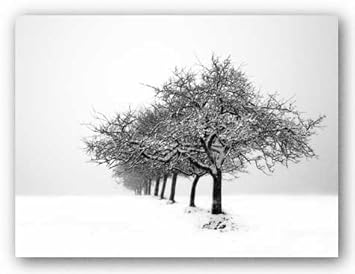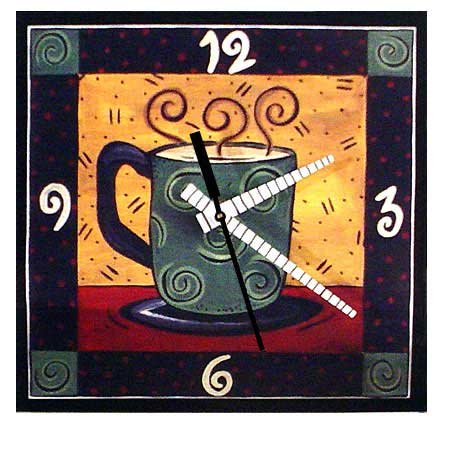by Michael Hofferber. Copyright © 2008. All rights reserved.
 It hasn't been all that many years since horses were the primary mode of transportation all across the West. They not only pulled buggies and wagons, and sleighs in the winter, but they also powered the plows and cultivators that tamed an arid land.
It hasn't been all that many years since horses were the primary mode of transportation all across the West. They not only pulled buggies and wagons, and sleighs in the winter, but they also powered the plows and cultivators that tamed an arid land.Les Broadie remembered well those horse-drawn days. They were as near to him as his well-weathered hands, and as much a part of his life when I met him in 1995 as they were when he was youngster in the 1920s.
After his retirement from raising draft horses and cattle, Les operated Blizzard Mountain Carriages -- a one-man outfit specializing in buying and selling horse-drawn wagons, carriages, carts and sleighs. At the time, we was one of but a handful of American horse-drawn carriage dealers still in business.
Continued at... Hitched to History.
Rural Delivery
Farm Supply
Out of the Past
Artwork: Horse-Drawn Sleigh Ride at Twilight in a Snowy Landscape by Ira Block

